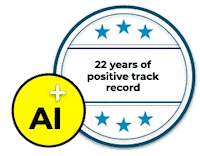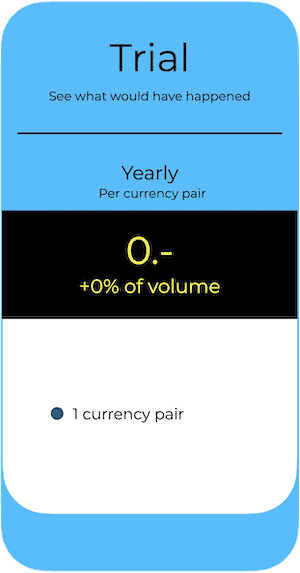Over the past few months, I have repeatedly emphasised that the rise of the USD against the euro over the past 15 years was caused by unsecured stock investments.
Contrary to the frequent suggestion that foreigners have been withdrawing money from the US in recent months — a claim that I have never been able to verify — foreign investors have made record new investments in US stocks over the past six months. The only new development is that these investments are now being hedged in USD.
Even With Strong Demand for US Assets, US Deficits Cause USD Weakness
The US’s trade, current account and capital account balances are all severely in deficit, as is its fiscal balance. In order to offset these deficits and keep the USD stable, an influx of unsecured portfolio investments is needed. If money were to flow out of US capital markets, this year’s modest USD weakness could escalate significantly.
The good news is that, in the short term at least, it does not seem likely that capital will be withdrawn from the US.
The bad news is that there will inevitably be a sell-off, but only once the US stock market bubble bursts. This bubble is currently being inflated to absurd levels.
In this issue, and in the upcoming mid-month issue, I present ample chart material that supports my current positive outlook, while also highlighting the hopelessness of my longer-term scepticism.
You have the power to reduce your long-term risk, so don’t delay — otherwise, you’re gambling.
Financial Conditions in the US and Around the World Suggest Growth
Despite comparatively high interest rates, the US has not experienced any reduction in free liquidity over the past four years. Companies were only marginally affected by interest rate hikes because they had entered into long-term fixed-rate agreements during the period of low interest rates, and these will only need to be extended within the next two to four years. The prospect of interest rate cuts, combined with record cash reserves, creates an opportunity to extend these agreements. Furthermore, many American companies are in an excellent profit position, meaning servicing their liabilities is not at risk even if interest rates rise.
Today, consumer confidence depends to a dangerous extent on the strength of the stock markets. However, this positive situation also depends increasingly on the unshakeable belief that the US will remain the most attractive capital market forever and that investing 70% of the world’s available funds in US stocks makes sense. With the US accounting for just 25% of global GDP, this belief is utter nonsense. But the party is still going strong. This indicates a crack in the system and the end of unsecured investment in US stocks. Asia and Europe are becoming more attractive investment destinations. If a large number of investors recognise this and realise that, similar to the internet bubble, the AI hype is leading to a misallocation of capital without generating huge returns, there will be a significant shift in investment capital. The question is not whether this will happen, but when and how quickly. Currently, the share of US stock markets in global equity capital investment is higher than ever before. Normalisation will occur. The very high valuation of US stock markets will be corrected, and this process will not be painless.
However, before that, we will most likely experience another boom in the coming year, when the effects of US tax reform, accompanied by lower interest rates, take effect, and when investment programmes are implemented in Europe.





